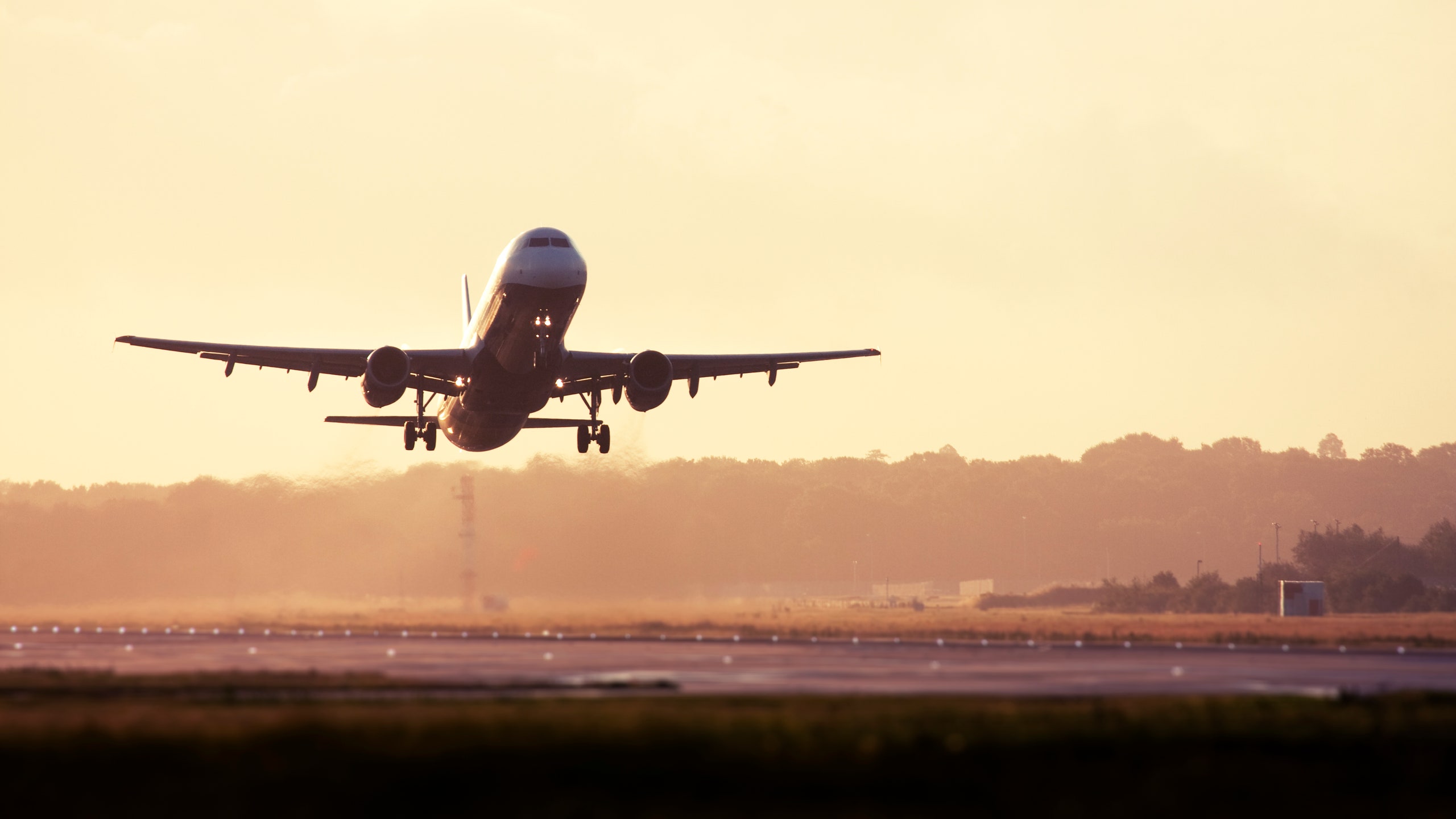I flew from New York to Los Angeles for the holidays this week, going against the Center for Disease Control’s recommendation to stay home and help reduce the spread of COVID-19. It was not a decision I made lightly. Traveling right now requires taking every precaution I can to ensure the risk of contagion is as low as possible—and, for this trip, that included following California’s guidelines and quarantining myself for 14 days.
But following the rules, which vary widely from state-to-state, and change quite frequently, begs the question: How do we even quarantine correctly?
To help plan my quarantine, I called Dr. Stephen Morse, a professor of epidemiology at the Columbia University Medical Center, before my departure. “A lot of it depends on what degree of caution you feel is necessary,” Dr. Morse said. He suggests a line of self-questioning: “Do you trust the other people you’re with? Do you trust yourself to have taken all the right precautions?”
For starters, those “right precautions” are the habits we’ve all hopefully come to adopt: wearing masks, sanitizing or washing your hands when you touch surfaces, not touching your face, keeping six feet apart from others, staying home if you feel sick, getting tested if you’ve been exposed to COVID-19, seeing people outdoors—and, when you do socialize, being honest about your pandemic habits and asking others to do the same.ADVERTISEMENT
“Obviously, your risk of contracting the virus is never going to be zero,” he says. “But you can mitigate and minimize the risk.” To reduce the possibility of spreading the virus, Dr. Morse recommends getting a PCR test before your flight (or car or train journey) with time in between to get your results. Keep up the good habits—you don’t want to get tested on Monday and get infected on Tuesday—and travel only if you test negative.
Testing, however, isn’t a perfect system. “You will not be positive on a test until at least three days—generally five to eight days—after getting infected,” Dr. Morse says. It’s possible to get a negative result in the first few days after being infected, while the virus incubates in your system.
That’s why Dr. Morse suggests a period of quarantine, regardless of testing, which helps rule out whether apparently healthy travelers are infected with the virus. This is different from self-isolation, when someone confirmed to have COVID-19 isolates themselves until they recover. However, the purpose is the same in both: “To keep people away from possibly infecting others, either until we know they’re not infected (quarantine) or are no longer able to infect others (isolation).”
So, what should quarantine look like? “It’s not really quarantine if you are exposed to people, like others in the store or on the street, who could possibly be infected,” Dr. Morse says. Do the obvious: Stay inside. Have your food and groceries delivered by services, family, or friends. (I used Shipt.) Consider getting supplies for 14 days alone ahead of time. (I bought so much pasta.) Find a new hobby, Dr. Morse suggests, and don’t forget to exercise. (I will have to sweat off said pasta.)ADVERTISEMENT
Naturally, it’s easiest to quarantine in your own home. Some travelers choose to get tested and quarantine themselves until they receive negative results before, say, driving alone in their own car from New York City to Boston. Dr. Morse agrees this approach of pre-quarantining has merits: “That hopefully avoids having to spend two weeks living like a hermit at your destination.”
If you’re taking shared transport like planes or buses, entering quarantine at your destination may be your best bet to accommodate the possibility of infection en route. But it can sometimes be impractical to quarantine for a full 14 days; many people lack the time, resources, or space to quarantine adequately, or cannot lose income by not working and staying home.
As such, the Centers for Disease Control and Prevention (CDC), recently updated their guidelines regarding options to reduce quarantine length. If you present no symptoms, the CDC says, you can exit quarantine after 10 days, without getting tested; or, after 7 days, with a negative test result, if you were tested on day five of quarantine or later.
California’s mandate of a 14-day quarantine would be, as my own doctor phrased it when I consulted him, the most scrupulous path. But when I go home to New York, I will have the option to test out of my quarantine, reducing it to as little as four days.
In addition to ordering supplies, I’ve also set up virtual check-ins with friends who are in their own quarantines right now. We’ve bought the face shields online, and scheduled testing appointments together for when we finally emerge. We’re all in agreement—and in evolving discussion—about what we can and cannot do during our respective quarantines.
As for me, I’m traveling because I need to close this awful year with my chosen family—the friends who bolstered me emotionally when my mother died this summer. And because I have the privilege of time, remote work, and the means to book an AirBnb, I am able to do all I can to minimize our risks and reduce our anxieties about finally hugging, mourning, and celebrating together. After all, I want to take care of them as well as they’ve taken care of me.
Source: cntraveler.com
























